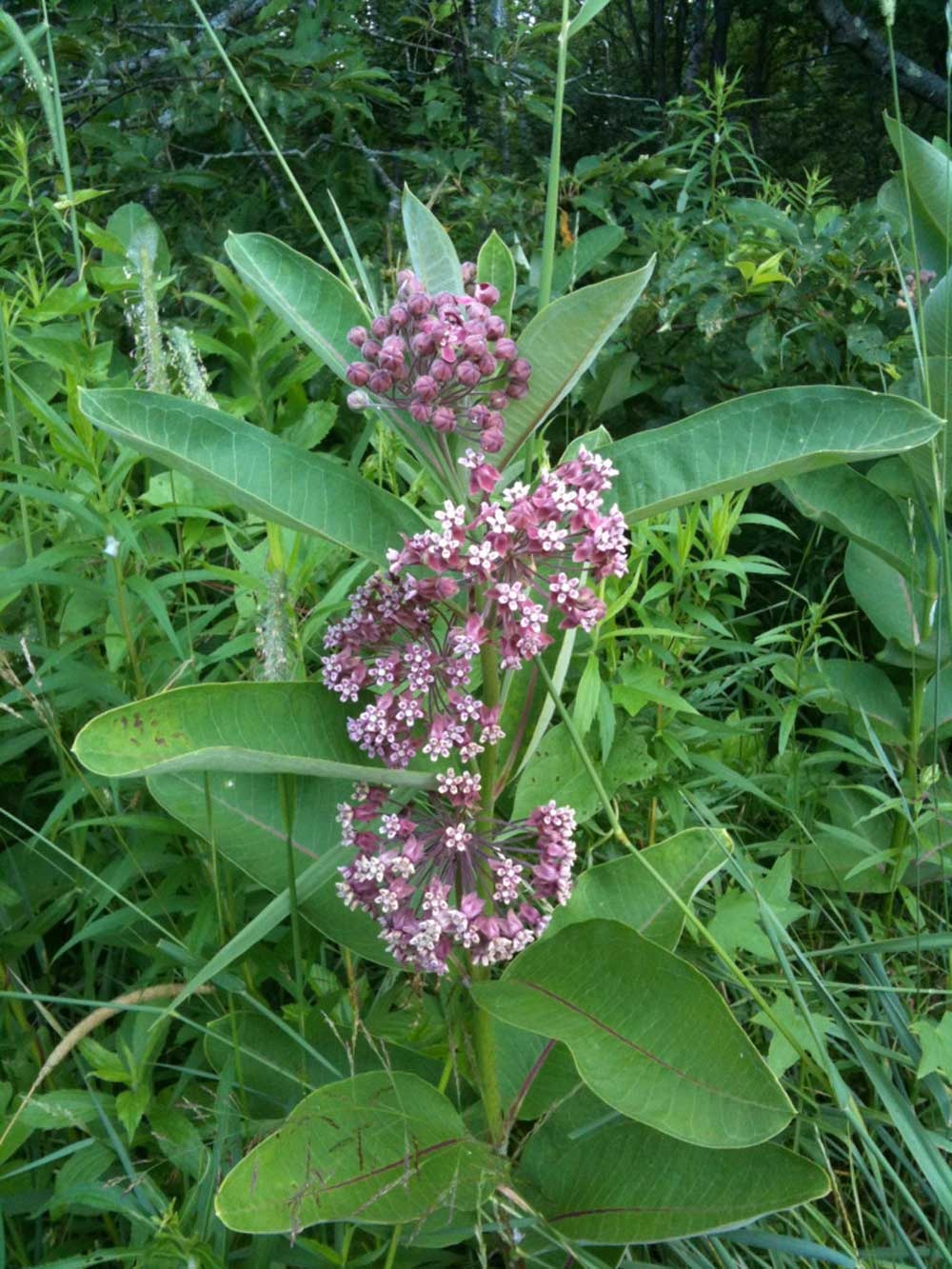Plant perennial crops
Plant a small bed of perennial crops (strawberries, herbs, rhubarb), learn planting steps, watering, and observing plant growth across seasons.



Step-by-step guide to plant a small bed of perennial crops (strawberries, herbs, rhubarb)
Let's Plant a Garden! | Squeaks Grows a Garden! | SciShow Kids
Step 1
Pick a sunny spot for your perennial bed and measure how big you want it to be.
Step 2
Clear the chosen area by pulling out weeds and picking up stones or sticks.
Step 3
Loosen the soil to about 12 inches deep with your shovel or trowel.
Step 4
Mix compost into the loosened soil using the shovel to make the soil rich.
Step 5
Place your strawberry plants herb seedlings and rhubarb crown on top of the soil to plan the layout with good spacing.
Step 6
Dig a hole for each plant about as deep as its root ball using your trowel.
Step 7
Put each plant into its hole so the crown sits level with the soil surface.
Step 8
Press soil gently around each plant with your hands to remove air pockets.
Step 9
Water the whole bed well until the soil is moist down to the roots.
Step 10
Spread a 2 to 3 inch layer of mulch around the plants but keep the crowns clear.
Step 11
Put plant markers with the plant name and planting date next to each plant.
Step 12
Make a simple weekly checklist in your notebook that says when to water check for bugs and measure plant height and use it each week.
Step 13
At the start of each new season write one sentence in your notebook about how the plants changed and any care you did.
Step 14
Take a photo of your finished perennial bed and share your creation on DIY.org
Final steps
You're almost there! Complete all the steps, bring your creation to life, post it, and conquer the challenge!


Help!?
What can we use if we don't have compost or a shovel/trowel?
Use aged leaves or well-rotted manure instead of compost and a hand fork or garden hoe if you don't have a shovel or trowel to loosen soil to about 12 inches and mix in organic matter.
How do I fix plants that settle too low or have air pockets after planting?
If a crown is sitting too low or you feel air pockets, lift the plant so the crown is level with the soil surface, press soil gently around the root ball with your hands to remove air pockets, and water the bed well until the soil is moist down to the roots.
How can I adapt the steps for different ages of kids?
For younger kids (3–6) let them help measure the sunny spot, pull weeds, and place plants on the soil, for school-age kids (7–11) have them dig holes about the root-ball depth with a trowel and press soil, and for teens (12+) ask them to mix compost into the loosened 12-inch soil, make the weekly checklist, and write the seasonal sentences.
What are simple ways to extend or personalize the perennial bed activity?
Personalize the bed by decorating plant markers with the plant name and planting date, add a photo timeline to your notebook to track weekly height measurements, and consider installing a soaker hose under the 2–3 inch mulch for easier watering.
Watch videos on how to plant a small bed of perennial crops (strawberries, herbs, rhubarb)
Life Cycle of a Plant for Kids! | Learn Parts of a Plant 🌱 | Twinkl USA
Facts about perennial gardening for kids
🍓 A single strawberry can have about 200 tiny seeds on its skin — each seed is a real little plant!
🍂 Adding 2–3 inches of mulch helps keep soil moist and protects plant roots through winter.
🌿 Many common herbs like mint, thyme, and oregano are perennials that come back each spring.
💧 Newly planted perennials often need regular watering for the first year to help roots grow deep.
🌱 Perennial plants regrow year after year — some can live for decades with the right care.
How do I plant a small bed of perennial crops with my child?
What materials do we need to plant perennials like strawberries, herbs, and rhubarb?
What ages is planting a perennial bed suitable for?
What are the benefits and safety tips for planting perennials with kids?


One subscription, many ways to play and learn.
Only $6.99 after trial. No credit card required



